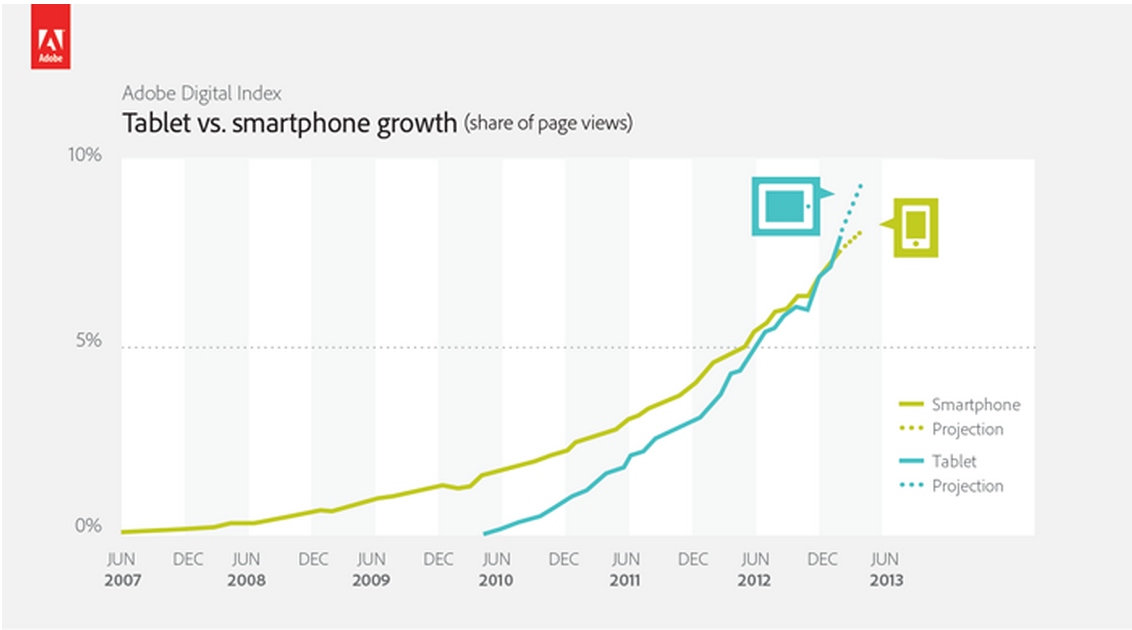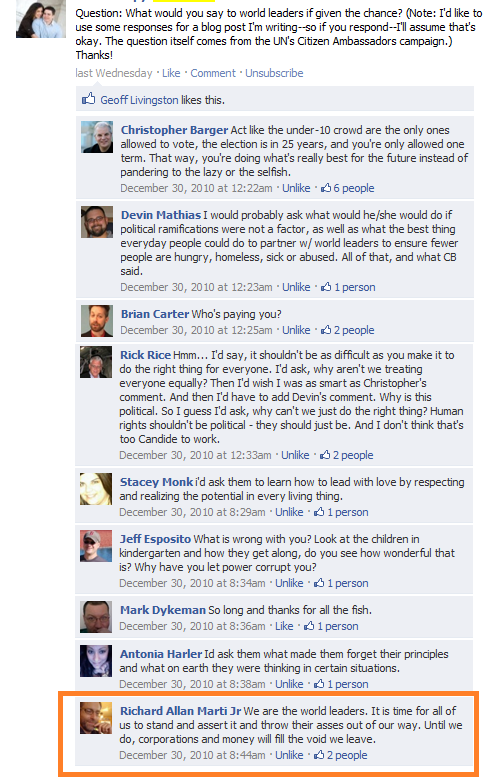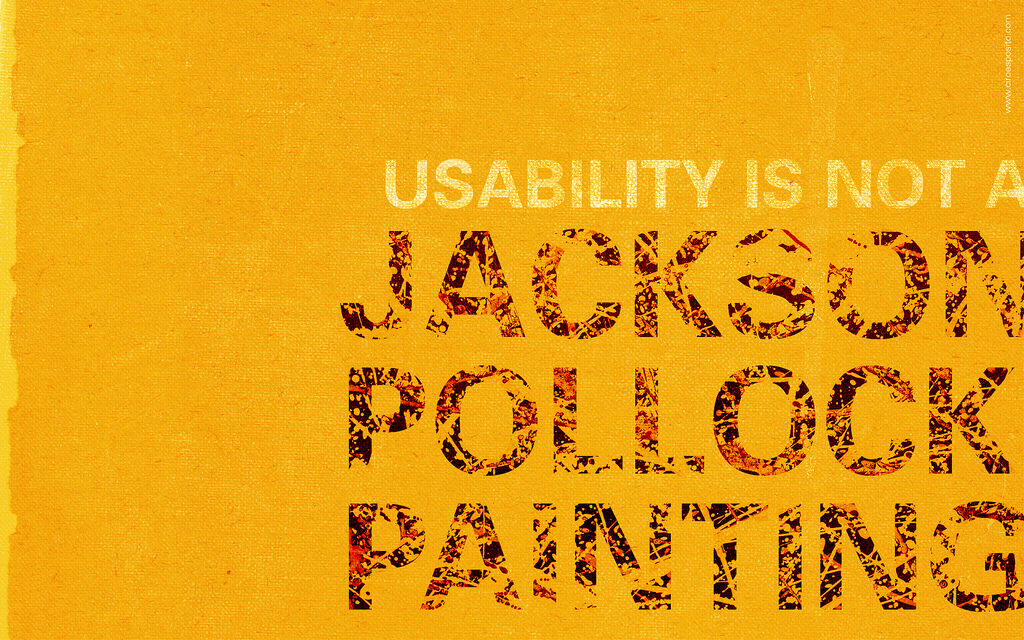
This week’s Healthcare Experience Design (HxD) conference found at #hxd2013 brings to mind the concept of “awe” in designing for change. Stanford researchers found that awe expands people’s perception of time, alters decision making and enhances well-being. So how do we capitalize on this for health and beyond?
How many of us feel like we have too much to do and not enough
time? Times is our most valuable commodity. It’s why we don’t go to the doctor, don’t get enough sleep, skip the gym, stress out, or order out. Recognizing this issue, Stanford’s researchers asked: How can we shift people’s perception around how much time is available? The answer–give them awe.
Awe Changes Us
httpv://www.youtube.com/watch?v=K8vyllPntBg
Research found that experiencing awe brings us into the present moment. It makes us think we have more time available, influences our decisions and gives us a boost in life satisfaction. Awe helps us lessen our impatience, gives us a stronger desire to help others and inspires us to partake in experiential good over materials ones.
Champion Design
The study shares two components of awe:
- Awe involves perception vastness – the sense one has come upon something immense in size, number, scope, complexity, ability, or social bearing
- Awe stimulates a need for accommodation, meaning it alters one’s understanding of the world
The takeaway? Champion design. Organizations that are top-of-mind in terms of inspiring “awe” include: MisFit Wearables, charity : water, Half the Sky, TED, Nike and TWLOHA. Heck, HxD – from its website to the event itself, inspires awe through its powerful design of content, people and presence. Yet many in the public health and social good space still under value design, especially when it comes to resource allocation. Without a champion who can translate its benefits, it’s often the first to get cut or results in an after thought.
When you think of capturing awe, what organizations or causes first come to mind?
]]>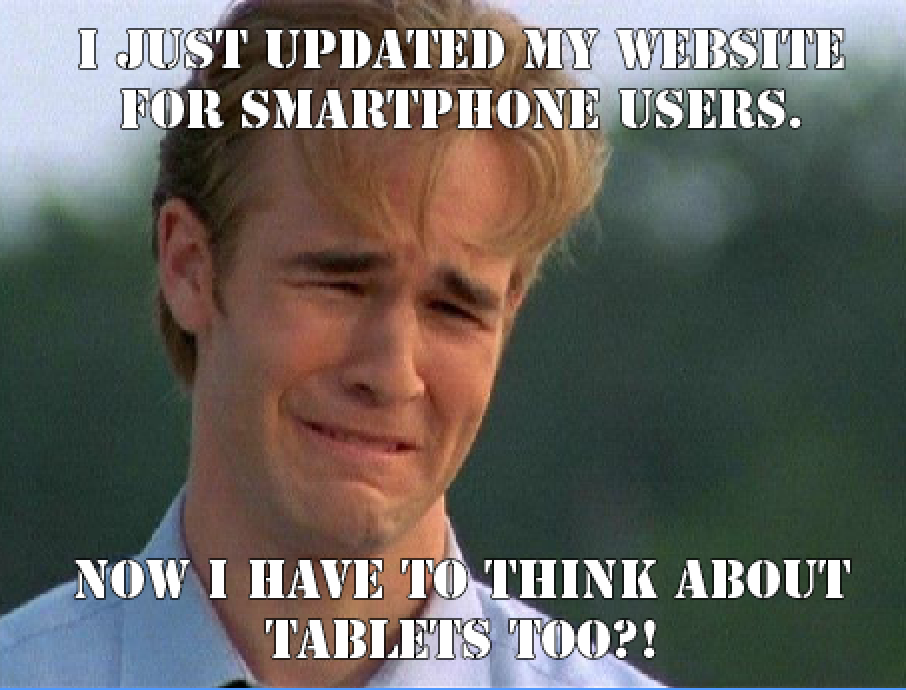
What’s your website’s mobile traffic breakdown?
Adobe’s Digital Index reports that websites now get more Web traffic from tablets, than smartphones. The findings come from Adobe’s review of over 100 billion visits to 1000+ websites world-wide, showing 7% of traffic is driven from smartphones, with tablets edging them out at 8%. The reason? While smartphones are more common, adobe found that users preferred tablets for more in-depth Web browsing.
Data Worth Noting
Smartphone users tend to be more task-oriented than tablet users. People use their smartphones while on-the-go, when they are busy and easily distracted. Whereas, tablets might be used for more relaxing and passive behaviors such as reading, watching videos, streaming music, online shopping and Web browsing.
Additional key findings from Adobe’s report include:
- Internet users in the U.K. are most likely to surf the Web via a tablet. Whereas, Internet users in Japan are most likely to use a smartphone.
- All countries saw tablet traffic double this past year (have you?)
- Tablets are ideal for “couch shopping”. Retail websites receive the greatest tablet traffic out of all industries, followed by travel and automotive.
The key line in Adobe’s report prioritizes the customer experience. “Think about it,” Adobe advises. “Why do you choose to use your tablet instead of your phone if you have both? What different expectations do you have? Now, apply that to your customer’s experience and you may have some tweaks to make in your digital strategy and mobile approach.
The Third World Tablet
When it comes to public health however, you might hashtag #firstworldproblems on this discussion. Not everyone has the luxury of owning a smartphone or a tablet, let alone both. But not so fast…
Late last year, DataWind introduced the world’s cheapest tablet at $40, the Aakash 2. Already, the Indian Government has a bulk order of 100,000 in process, with the goal of providing a tablet for every student (eventually). The tablet also debuted at the United Nations:
“We need to do more to help all children and young people make the most of the opportunities provided by information and communications technology – especially all those who are still unconnected from the digital revolution,” U.N. Secretary General Ban Ki-moon told SmartPlanet at the unveiling in November.
Will the tablet become a mightier tool for social good? Time will ultimately tell. But while the fanfare continues on the rise of tablets, it’s important to understand different realities also exist. For example, take 2013 TED Prize Winner Sugata Mitra. Mitroa saw a problem, and inspired, put computers in the walls of slums. In doing so, he discovered an opportunity for change.
So, the real question is, how are you finding ways to expand digital access and find impact?
]]>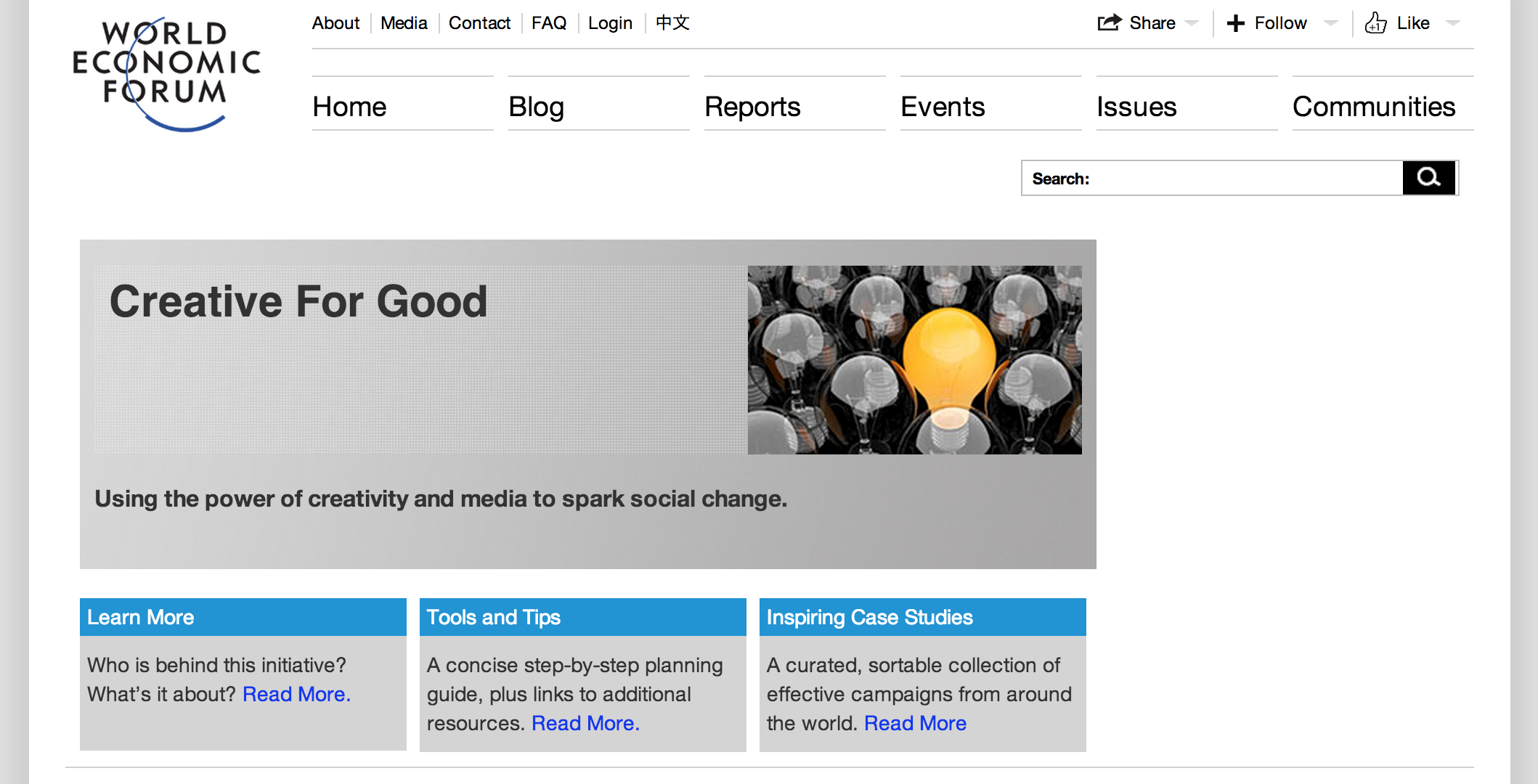
As much as world change may be about politics or economics, as its heart it’s a creative proposition. It’s about insight, engagement and persuasion. It’s about ideas that are imagined, communicated and delivered in ways that move individuals, communities and whole societies to change the way they think and act. It’s about marketing.
How to Get Involved
Creative for Good

image courtesy of swamibu
What’s in a name? That which we call rose. By any other name would smell as sweet.
“I really think that it is time to rename the movement.” Phillip Kotler told the International Social Marketing Association in an interview celebrating a visionary and how he hopes the industry may advance.
#SocialGood Revels in Gray Mass
SocialButterfly recently refreshed to reflect the industry’s growth and relevancy in the social innovation space (and vice versa). Thus, we’re encouraged by Kotler sharing that he plans to “talk about the interrelations between social marketing, social entrepreneurship, social innovation and other expressions of social activism” at the upcoming World Social Marketing Conference in Toronto, Canada.
Kotler goes on to share that we as social marketers “need to join forces with others who want to create a better world and join our methodologies with their methodologies.” The world is not black and white. The beauty emerges in the gray, the intersections of unsuspecting characters and places.
All About Attitude
Kotler’s interview also reminds us the badge true social marketers wear, and it’s stitched with attitude. Kotler shares that “true social marketers view social marketing comprehensively to include the 4Ps versus the many who develop communications in an effort to influence change.” As I also teach my students, he shares that the difference lies in the attitude and mindset we wear as we approach our work.
How do you feel about the state of the current social marketing movement?
]]>Where do social marketers get their inspiration?
In an attempt to share how social innovation and social marketing intersect with a colleague of mine, the colleague responded something along the lines of: “I don’t get why it matters. Social innovation sounds like everything we’re already doing in social marketing.”
Exactly. Social innovation touches on everything we’re doing in the social marketing field and vice versa. It matters.
The momentum is building. Case in point: The most popular SocialButterfly post from 2012 is actually SB’s category of posts on social innovation. Social marketers, meet social innovation. Social innovations, meet social marketing. You’re welcome. Both of you offer a world of inspiration to the other.
A Word on Defining Social Innovation
Definitions for social innovation are broad and often changing given no universally accepted definition exists (something we social marketers can relate to). A good guide is the Stanford Social Innovation Review’s updated definition of social innovation. They share:
Our complete definition of social innovation: A novel solution to a social problem that is more effective, efficient, sustainable, or just than existing solutions and for which the value created accrues primarily to society as a whole rather than private individuals. A social innovation can be a product, production process, or technology (much like innovation in general), but it can also be a principle, an idea, a piece of legislation, a social movement, an intervention, or some combination of them. Indeed, many of the best recognized social innovations, such as micro-finance, are combinations of a number of these elements.
Canada’s Centre for Social Innovation shares that simply, social innovation “is an idea that works for the public good.” Their fuller definition includes references to creating benefit to both “people and planet”, being “systems-changing”, sustainable and changing perceptions, behaviors and structures. Sound familiar? How do you define social innovation? The video above shares how some leading minds defined back in 2011.
Top Posts of 2012
Rather than share SocialButterfly’s top posts, I’ve curated some of the top posts relevant to both the art and science behind social change, touching on both social marketing and social innovation:
- The Most Dynamic Social Innovation Initiatives of 2012, Forbes
- 10 of the Year’s Best Designs for Social Good, Fast Company’s Co.Exist
- The Best of Social Marketing in 2012, On Social Marketing and Social Change
- The Top 10 Social Capital Blog Posts of the Year, Social Capital Inc.
- The Year in Social Media Research, Nieman Journalism Lab
- The 10 Best mHealth Papers of 2012, On Social Marketing and Social Change
- Social Media for Social Good’s Favorite Things of 2012, Armchair Advocates
- Best Cause Marketing Campaigns of 2012, Selfish Giving
Social marketers, you are social innovators! Social innovators, you will benefit from wearing a social marketing hat. Showing how social marketing and social innovation connect, SocialButterfly Mike Newton-Ward wrote a chapter on social marketing as part of a three-book series on social entrepreneurship that was published in late 2012, titled Social Entrepreneurship: How Businesses Can Transform Society.
We need to listen to one another. The world needs us to listen.
Inspired for 2013
Exploring the world of social innovation is where this SocialButterfly and social marketer finds her inspiration for 2013. This encompasses social design, social capital, social entrepreneurship, social value, social business and B corporations, the built environment movement, impact investing, philanthro-capitalism, studying innovation models and more.
Based on how you readers enjoy posts tagged with social innovation, it looks like I’m not alone.
What are your thoughts on social marketing and social innovation?
]]>
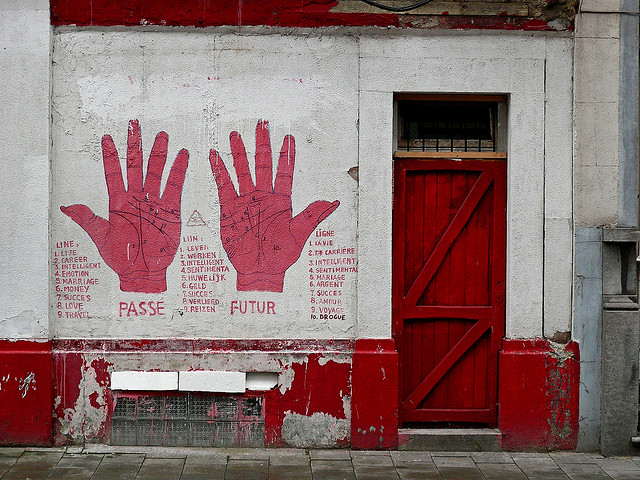
What’s Next? That’s the question The Social Innovation Summit asked us last week. Following the event’s hashtag #SIS12, I connected with Katie Ferrari, who’s passionate about storytelling for social innovation. I invited her to share her top observations from the conference. She asked if she could touch on storytelling in her recap, to which I replied: even better. Enjoy!
“It’s the Little Things:” Takeaways from the 2012 Social Innovation Summit
On the first afternoon of last week’s Social Innovation Summit (SIS) in Mountain View, paralympian Mallory Weggemann was asked what she missed the most about her life before becoming paralyzed. Weggemann, who lost the use of her legs at age 18 after a routine epidural injection went wrong, spoke of how she used to love going to the beach and feeling the sand between her toes. Answering with the utmost humility, she noted, “It’s the little things.”
Just a few sessions earlier, Daniel Epstein of the Unreasonable Institute delivered a rousing call to action, calling on the illustrious SIS audience to embrace being “unreasonable” and “unrealistic” in our pursuit of solutions to social challenges. “The world has never been better in the whole history of mankind,” he declared, “but it’s not good enough.”
Reflecting on these powerful speakers’ words throughout the entire conference, I can’t help but conclude that social innovation begins with our taking note of the little things that matter to us and grows with a dogged pursuit of the “unreasonable.”
- Case in point: the Family Independence Initiative (FII). FII founder and MacArthur Genius Award-winner Maurice Lim Miller delivered a deeply personal story to SIS attendees, detailing how he grew up poor in a single-parent home and watched his sister fall time and time again into the gap between the U.S. welfare system and the system of benefits for the well-off. Lim Miller’s experience informed his organization’s approach to breaking the cycle of poverty, which anchors on the basic premise that the best innovations come from low-income families themselves. Now, he is using his model to challenge the way our nearly 50-year old War on Poverty is being fought.
- Or take the example of Caine’s Arcade. Filmmaker Nirvan Mullick told the story of the day he happened to walk into a Smart Parts Auto in East Los Angeles, looking for a door handle for his ’96 Corolla. What he found instead was an elaborate cardboard arcade built by a 9-year old boy named Caine. Intrigued, Nirvan purchased a Fun Pass from Caine, and what began as a simple game between a curious artist and an imaginative boy has led to hundreds of thousands of dollars raised for Caine’s education; 247 events in 40 countries to celebrate creativity and community; and a foundation devoted to finding, fostering, and funding creativity and entrepreneurship in kids.
- And let’s not forget the Khan Academy, which started out as Sal Khan’s loving effort to tutor his niece in math remotely. From basic instructional algebra videos filmed in a closet, the Khan Academy has grown to deliver more than 216 million lessons in subjects as varied as computer science, history, and finance. Khan’s model, to provide a free world-class education for anyone anywhere, is disrupting education as we know it.
Ultimately, SIS showed that the cutting edge of social innovation starts with simple, human efforts to solve problems of utmost personal importance. As we return to our own work, be it in the private, public, or nonprofit sectors, it’s worth remembering that we sow social change in those tiny grains of sand under our toes. It’s the little things.
*****
 Katie Ferrari is a graduate student at the Fletcher School of Law & Diplomacy focusing on international business relations and communication. Previously, she worked for Root Capital, a Boston-based nonprofit social investment fund that lends capital, delivers financial training, and strengthens market connections for small and growing agricultural businesses in Latin America and Africa.
Katie Ferrari is a graduate student at the Fletcher School of Law & Diplomacy focusing on international business relations and communication. Previously, she worked for Root Capital, a Boston-based nonprofit social investment fund that lends capital, delivers financial training, and strengthens market connections for small and growing agricultural businesses in Latin America and Africa.
The Netherlands are about to launch a “smart road” system that uses infrastrure to support behavior change through a design solution–glow-in-the-dark paint! Nancy Lee, the godmother of social marketing, shared this innovative approach to behavior change on today’s social marketing listserv saying:
“[It’ll] be interesting to see if a) it is effective and b) whether there are any unintended consequences such as an environmental impact from any toxics related to the materials. Hopefully [they] checked for that already.”
Innovative solutions often have at least one element in common–the creator’s ability to first identify a problem. (Side note: How do you train yourself to identify problems–large and small–that you can help solve? And yes, it takes training.) The designer behind the new Netherlands road system shares:
“One day I was sitting in my car in the Netherlands, and I was amazed by these roads we spend millions on but no one seems to care what they look like and how they behave,” the designer behind the concept, Daan Roosegaarde, told Wired.co.uk. “I started imagining this Route 66 of the future where technology jumps out of the computer screen and becomes part of us.”
How It Works
The “smart road” uses a photo-luminising powder that will replace road markings and special paint that will be used to paint markers along the road. The paint will charge in the sunlight, giving up to ten hours of glow-in-the-dark power come night time. For example, when temperatures fall to a certain point, images like snowflakes will become visible, indicating that the surface will likely be slippery.
Read the full story in Wired.co.uk to learn how the system works and how its creators say this is just the beginning to rethinking road and traffic safety through design. I also appreciate how this New York Times article, Dignifying Design, also emphasizes the art of “radical listening” to help us adjust our tool belts in how we approach creating a better world through design.
How are you applying design in your work?
]]>Just the other week many questioned American Idol’s crowdsourcing technique of asking audience members to text their vote for their favorites when Pia Toscano was voted off. Crowdsourcing was also in question with President Obama’s “Open for Questions” initiative when questions on the nation’s drug reform were at the top of the public agenda. In fact, the number one issue–not once, but twice–was the legalization of marijuana. And again, when Change.org held its crowdsourcing contest “Ideas for Change,” the legalization of marijuana also floated to the number one spot.
Before you say crowdsourcing is so 2008, give me a second. This may be an oversimplification–but I can’t get the thought out of my head. I understand the benefits of crowdsourcing–but there’s also a time and purpose to applying a crowdsourcing approach.
Here’s the leap: Is voting a form of crowdsourcing?
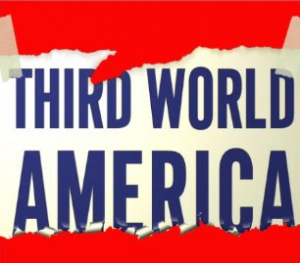 Having recently joined the army of weekday commuters, I just finished listening to Arianna Huffington’s Third World America on audiobook. (Note: Bush’s Decision Points is next on my “to read” list as I want to study differing viewpoints and perspectives.) Despite Huffington’s obvious leanings and strong (and sometimes distracting) language, she does make some interesting arguments. One of which is her look at education and its role on our economic and political structures, specifically, the American public’s access to quality information.
Having recently joined the army of weekday commuters, I just finished listening to Arianna Huffington’s Third World America on audiobook. (Note: Bush’s Decision Points is next on my “to read” list as I want to study differing viewpoints and perspectives.) Despite Huffington’s obvious leanings and strong (and sometimes distracting) language, she does make some interesting arguments. One of which is her look at education and its role on our economic and political structures, specifically, the American public’s access to quality information.
httpv://www.youtube.com/watch?v=hu8QDhNeNdQ&
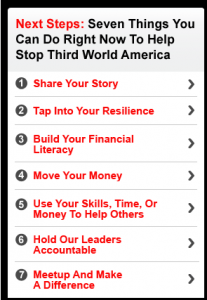 Have you read Third World America? What were your thoughts and reflections upon reading it? And, is voting a form of crowdsourcing? One of the messages I appreciated most from Huffington’s book was her call for increased civic engagement from citizens ourselves as she did balance her argument asking for both policy changes as well as increased individual accountability.
Have you read Third World America? What were your thoughts and reflections upon reading it? And, is voting a form of crowdsourcing? One of the messages I appreciated most from Huffington’s book was her call for increased civic engagement from citizens ourselves as she did balance her argument asking for both policy changes as well as increased individual accountability.
Though I would have liked to hear more about the solutions she proposes to the problems she outlines, she does encourage people to visit: http://www.huffingtonpost.com/news/third-world-america, as a hub for getting involved and taking action (a smart move on her end I must say).
Additional Resources:
- Third World America: Why I Wrote the Book and What We Need to Do to Save America’s Middle Class by Arianna Huffington
- Editorial: Obama’s Third World America, Washington Times
- How You Can Prevent America from Ever Becoming a Third World Country, Huffington Post
“Seek knowledge. Ask questions.”
]]> What would you say to world leaders if given the chance? This is the question the UN’s Citizen Ambassadors campaign asks us. The campaign is two years running and involves a video contest that “encourages world citizens to voice their opinions to Heads of State and Government and weigh in on the decisions made by the member states of the United Nations.”
What would you say to world leaders if given the chance? This is the question the UN’s Citizen Ambassadors campaign asks us. The campaign is two years running and involves a video contest that “encourages world citizens to voice their opinions to Heads of State and Government and weigh in on the decisions made by the member states of the United Nations.”
According to the campaign Web site, the initiative is one in a series launched by UN Secretary-General Ban Ki-Moon. The purpose? To utilize “the power of the Internet and social networking to engage a new generation of world citizens in the importance of international diplomacy.” This is an inspiring charge–but in reality, could be quite difficult in achieving. So, let’s break this down.
The Power of the Internet and Social Networking
Over 825 million people use the Internet in Asia as of July 2010. In terms of population, Facebook would be the third largest country if it were a country given its 500 million active users. It’s also translated in over 70 languages. Six in ten Americans go online wirelessly using a laptop or cell phone. 86% of adults ages 18-29 use social networking.
Mobile giving raising over $30 million for Haiti relief efforts. Technology saving lives and enabling communication. Community-funded journalism fueled by the passion of citizen journalists and digital storytelling. Random Hacks of Kindness, Crisis Camps, Ushahidi, accessible health data and a slew of additional examples have some dubbing 2010 as “the year citizen platforms grew.” Why? Because of the power of the Internet and social networking in facilitating, connecting, empowering and enabling both individuals and communities to better serve a global mission.
Need I say more?
A New Generation of World Citizens
By now, you’ve probably heard about the “Millenials,” those born between 1981 and 2000 as defined by the Pew Research Center. Summed up, Pew identifies Millenials as “Confident. Connected. and Open to Change.” The UN is correct–there is a new generation of world citizens who want more, but I don’t think it’s limited to just Millenials. I think they are referred to as global citizens. Lovisa Williams in her post “Global Citizenship Building Momentum” defines global citizens as:
A Global Citizen is everyone whether they know it or not. They don’t have to know the term or even the concepts associated with the term. The bottom line is if you live on earth you are now part of an ecosystem that is larger than your village, your tribe, you town, state, province, or nation…Part of recognizing you are a Global Citizen is recognizing you have the world on your shoulders. You have the responsibility to help advocate for those who don’t recognize they are Global Citizens and are also responsible for helping to provide solutions to these issues.
The concept of global citizenship faces its own challenges. For example, Maslow’s Hierarchy of Needs may come to mind. If someone doesn’t have their basic needs met such as having food and shelter–is it too much to expect global citizenry? Some may say yes. But the potential of a network of people coming together over shared commonalities wanting to promote humanity–well, if we could achieve that, then just imagine the possibilities.
International Diplomacy
In August 2010, Sec. of State Hillary Clinton announced the State Department’s Global Health Initiative, working to improve global health as a way to achieve diplomacy:
I’d like to share with you the next chapter in America’s work in health worldwide. It’s called the Global Health Initiative, GHI for short, and it represents a new approach, informed by new thinking and aimed at a new goal: To save the greatest possible number of lives, both by increasing our existing health programs and by building upon them to help countries develop their own capacity to improve the health of their own people….
Global health is a prime example of how investing our resources strategically can have an immediate and lasting impact on people, communities, and countries.
There is too little coordination…
There is too little integration….
There is too little innovation…
Addressing global health is now a part of the U.S.’ International diplomacy efforts. An important step–is going to be figuring out how to enable and empower the global citizen to play a part in achieving better global health (diplomacy). Our world is growing–but it’s also shrinking. We are becoming more connected and more aware of the problems we face and the commonalities we share–how we funnel this awareness into action could make the difference.
When These Powers Combine
Combine innovation mixed with the rising call of global citizenship with the changes happening at the policy level–I dare to be optimistic in saying that change is going to come. The next step? How do we first define global citizenship, then operationalize and expand its mantra? There are glimpses of it–See the U.N. Foundation’s Girl Up! campaign or the State Department’s Civil Society 2.0 initative–but the concept can go wider and deeper.
So, what would I say to world leaders if given the chance? First, I’d ask them when was the last time they served the humblest members of their communities and what they learned from the experience. My hope would be that shared challenges would be identified and that the conversation would turn from “What Would You Say?” to “What Would You Do?” And in that, a focus and discussion on global citizenship would take place.
I recently asked some fellow colleagues what they would say to world leaders if given the opportunity. And without any prompting from me–the discussion concluded with an assertion that gets to the heart of global citizenship–We are the world leaders:
So, What would you say to world leaders if given the chance? And if we are the world leaders, what does that mean?
]]>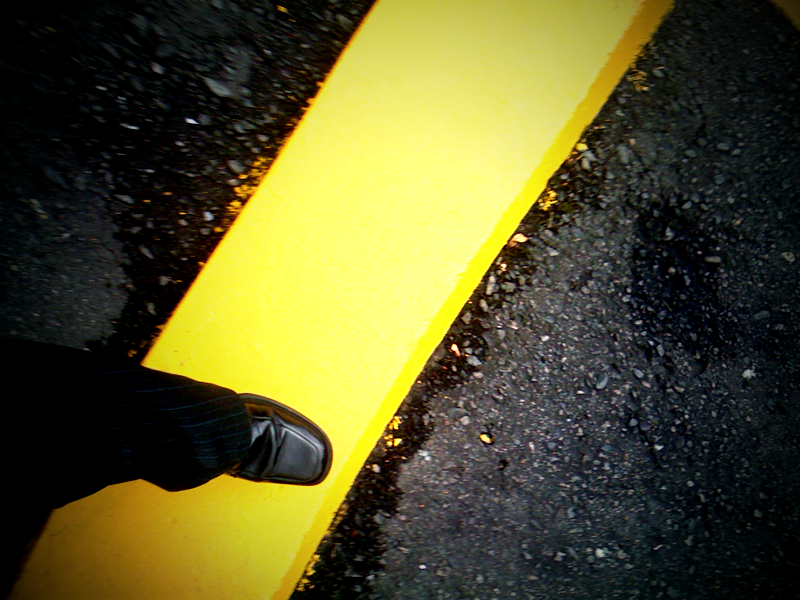 It’s the morning after Election Day, and I have a question for you: Have you ever hired anyone? Well, if you’ve voted, then you’ve at least influenced who gets hired. And, with all the he-said, she-said and who is right or wrong when–it can be difficult to navigate. So, I ask you: What are your non-negotiables when hiring someone?
It’s the morning after Election Day, and I have a question for you: Have you ever hired anyone? Well, if you’ve voted, then you’ve at least influenced who gets hired. And, with all the he-said, she-said and who is right or wrong when–it can be difficult to navigate. So, I ask you: What are your non-negotiables when hiring someone?
I’m not implying that these are the only things you look for when hiring or even that they correlate to how you or I vote. But, they do provide a focus and help us cultivate an internal culture, mindset and attitude towards our work.
My Four Non-Negotiables:
Initiative
People with initiative are rare–and when you come across them, you can develop not only a mentorship relationship, but also a reverse-mentorship relationship. In other words, like iron sharpens iron, working together makes you both better at what you do and what you know. A person with initiative does not always have all the answers–but they know where to get them. They are resourceful, pro-active and self-thinkers. For example, I once was in an interview where the person asked: If I was hired, what could I do before now and then to prepare for the position? Is there anything you’d like me to study or any skills I should refine? This is initiative. Check.
Commitment
From my experience, those with initiative often possess commitment. Commitment comes in many shapes and forms–maybe it’s in the form of certain ethics and values, maybe it’s a deep passion or belief in what one is doing. Maybe it comes from a personal experience that resonates with the individual or a desire to contribute to the team or be a part of something greater than oneself. Often, commitment is the seed for both initiative and accountability. As, people with commitment tend to be life-long learners. People who are willing to “Do, Learn, Improve and Repeat.”
Accountability
They say that few people can admit when they are wrong. What may be more rare, are people who are willing to admit that they don’t know something (but then have the initiative to discover it). To me though, accountability is more than this type of black and white definition. There are shades of accountability, that when you can find hints of it in someone, it is easily recognizable. This is because accountability can also be referred to as servant leadership. I first learned of servant leadership from my dad. In sum, servant leadership is when the leader serves others–rather than others serving the leader. I believe leadership can come at any level in an organization. And one who is a servant leader is the cream of the crop.
Writing Ability
In marketing, we write…a lot. Whether it’s email, marketing plans, research reports, presentations, blog posts, tweets, etc., writing and overall communication is at the core. Writing can be a detailed yet creative process. It gives you insight into how someone thinks and arranges thoughts and ideas and how someone approaches a task. Maybe it’s my own love for writing that gives me this bias, but you can tell a lot from someone’s writing–it can be a canvas for change.
Your Challenge
So–What are your non-negotiables? Consider putting together your team or organization’s non-negotiables. Make it a team brainstorm over lunch. Even if just as an exercise, I think you’ll find it telling about the culture you work in and the direction you’re headed. And that holds great importance in achieving your team and organization’s mission and affecting positive social change. If you do this, please share how the experience goes with the rest of us by posting a comment.
flickr credit: Jose Betancur
]]>